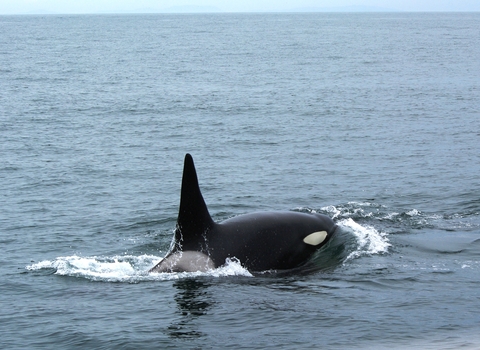
Orca ©Gillian Day

Orca ©Chris Gomersall/2020VISION
Orca
Orca, sometimes known as ‘killer whales’, are unmistakable with their black and white markings. Although we do have a small group of orca who live in British waters, you would be lucky to see them!
Scientific name
Orcinus orcaWhen to see
January to DecemberSpecies information
Category
Statistics
Length: up to 9.8m Weight: up to 10 tons Average Lifespan: up to 90 yearsProtected in the UK under the Wildlife and Countryside Act, 1981, listed under CITES Appendix II and classified as a Priority Species under the UK Post-2010 Biodiversity Framework. Also protected under the Conservation (Natural Habitats, etc.) Regulations (Northern Ireland) 1998
